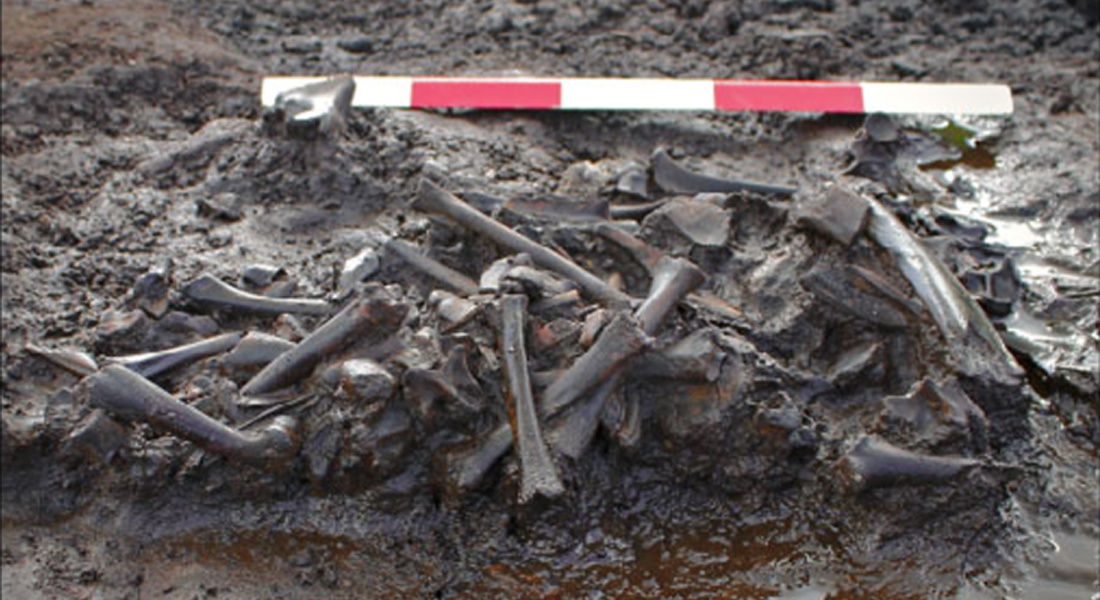New proteomics method can identify mammalian species from a single chip of archaeological bone
The Olsen Group has in collaboration with Danish and international partners developed a new streamlined and high-throughput “Species by Proteome INvestigation” (SPIN) workflow for rapid species identification of archaeological bone. SPIN will enable researchers to identify the correct mammalian species of bone chips from archeological excavation sites with a much higher throughput, reproducibility and sensitivity, than the methods that are currently available.

Genetic species determination has become an indispensable tool in forensics, archaeology, ecology, and food authentication. Determining the species of fragmented archaeological bone and processed or degraded remains often requires alternative molecular analysis using either DNA, which provides maximum resolution, or proteins, which have superior longevity compared to DNA.
Currently available proteomics methods for species determination provides good species discrimination power particularly for old and degraded material but is relatively slow and costly. The SPIN workflow greatly reduces the analytical costs per sample and has a high degree of automation.
In a direct benchmark, the SPIN workflow outcompeted all other proteomics sample preparation methods tested. Using SPIN, the authors confirmed correct species assignment by analyzing medieval bones of known species. In one day of mass spectrometry time, over 200 bone fragments from Portugal dating to the Middle to Upper Palaeolithic period were analysed, demonstrating the scalability of the new method.
While this initial study is focused on modern and archaeological mammalian bone, SPIN will also be open and expandable to other biological tissues and organisms. As it is a modular protocol, it can serve as the foundation for “SPIN-off” methods with applications to heavily processed food products, sex identification, and hybrid species identifications such as mules. Furthermore, it can be adapted to resolve mixtures of proteins from multiple taxa or to quantify protein damage.
The Olsen Group collaborated with the Cappellini and Welker Groups at the Globe Institute and Section of Forensic Pathology at University of Copenhagen, Institute of Conservation at the Royal Danish Academy and Museum Nordsjælland as well as international collaboration partners from University of Algarve Portugal, University of New Mexico in Albuquerque, University of West Bohemia in Czech Republic, University of North Carolina in Wilmington and University of Louisville.
The results are published in Nature Communications in the study SPIN enables high throughput species identification of archaeological bone by proteomics.
Contact:
Professor Jesper Velgaard Olsen
jesper.olsen@cpr.ku.dk
+45 35 32 20 22
